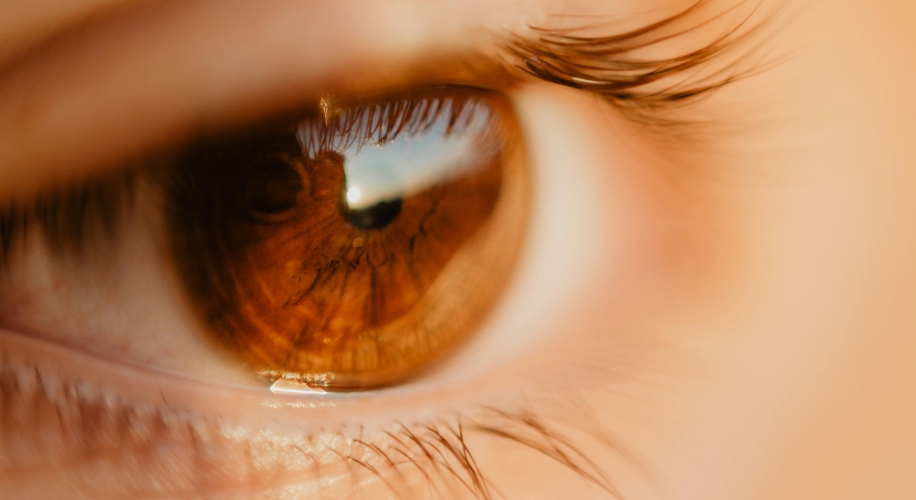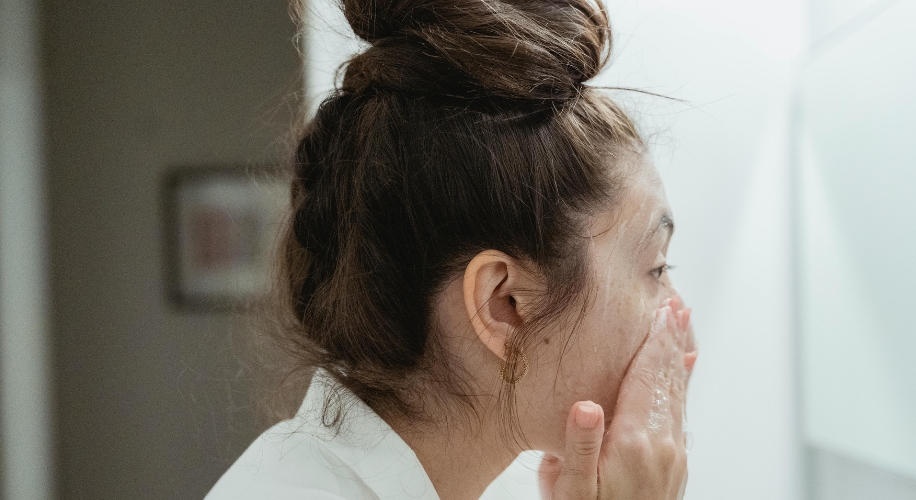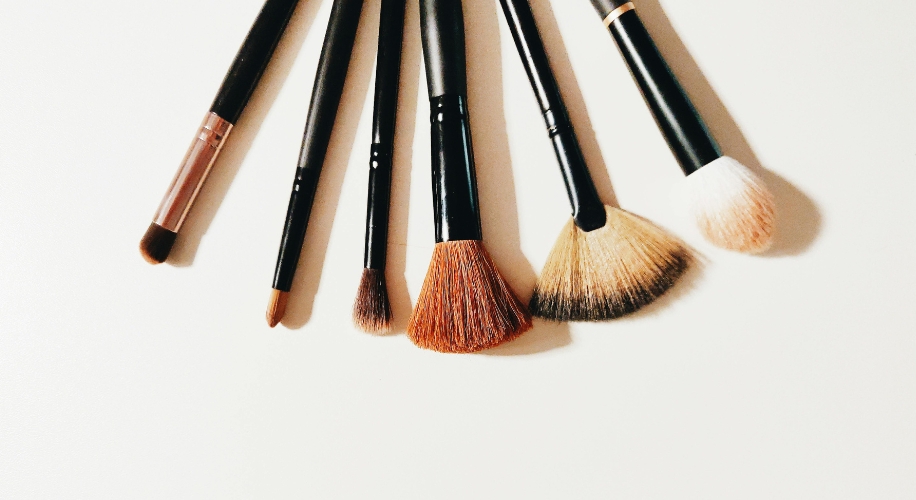The Lid Lump Survival Guide
- BY Dr. Steven Liem
- IN Billboard

Photo by Mustafa ezz
Styes and chalazion are both common eyelid conditions that can cause discomfort and irritation. While they may appear similar, they have distinct differences in terms of causes, symptoms, and treatment options.
What is a Stye?
A stye, also known as a hordeolum, occurs when one of the glands along the eyelid becomes blocked or infected. It is a small, red bump that forms on the eyelid, and typically caused by bacteria, most commonly Staphylococcus aureus. They can develop on the outer or inner part of the eyelid and may be painful to the touch.
What is a Chalazion?
A chalazion is a non-infectious lump that forms on the eyelid due to the blockage of an oil gland. Unlike a stye, which is typically caused by bacterial infection, a chalazion develops when the oil gland becomes blocked with hardened oil (sebum).
Symptoms
- Stye: A stye usually presents with redness and swelling of the eyelid, pain or tenderness, and appears as a small, pus-filled bump on the eyelid.
- Chalazion: On the other hand, a chalazion is a painless lump on the eyelid and generally does not exhibit swelling and redness.
- Both styes and chalazion may feel tender and cause discomfort, especially if the bump grows larger.
Photo by Diana
Causes
Several factors can contribute to the development of a stye:
- Poor eyelid hygiene: Failure to clean the eyelids properly can lead to the buildup of debris and bacteria, increasing the risk of infection.
- Blockage of oil glands: The glands along the eyelid produce oil that helps lubricate the eye. When these glands become blocked, it can result in the formation of a stye.
- Contact with contaminated objects: Touching the eyes with unwashed hands or using contaminated makeup brushes can introduce bacteria to the eyelid, leading to infection.
The primary cause of a chalazion is the blockage of the oil glands along the eyelid:
- Blepharitis: Inflammation of the eyelid margins can disrupt the normal function of the oil glands, leading to blockage.
- Meibomian gland dysfunction: Dysfunction of the meibomian glands, which produce the oily layer of tears, can contribute to the development of chalazia.
- Rosacea: Individuals with rosacea, a skin condition characterized by facial redness and acne-like bumps, may be more prone to developing chalazia.
Treatment
Most styes can be treated at home with simple remedies:
- Warm compresses: Applying a warm compress to the affected eyelid and massaging can help promote drainage of the bump and reduce swelling.
- Eyelid hygiene: Keeping the eyelids clean can prevent further blockage of the glands and reduce the risk of infection.
- Medication: In some cases, a doctor may prescribe antibiotic or steroid eye drops or ointments to reduce inflammation.

Photo by Miriam Alonso
Styes and chalazia are common eyelid conditions that can cause discomfort if left untreated. While they are both lid lumps, remember that a stye is an infected gland, whereas a chalazion is a clogged gland. If you experience these eye symptoms or have concerns about your eye health, it’s essential to consult with an eye care professional for proper diagnosis and treatment.


